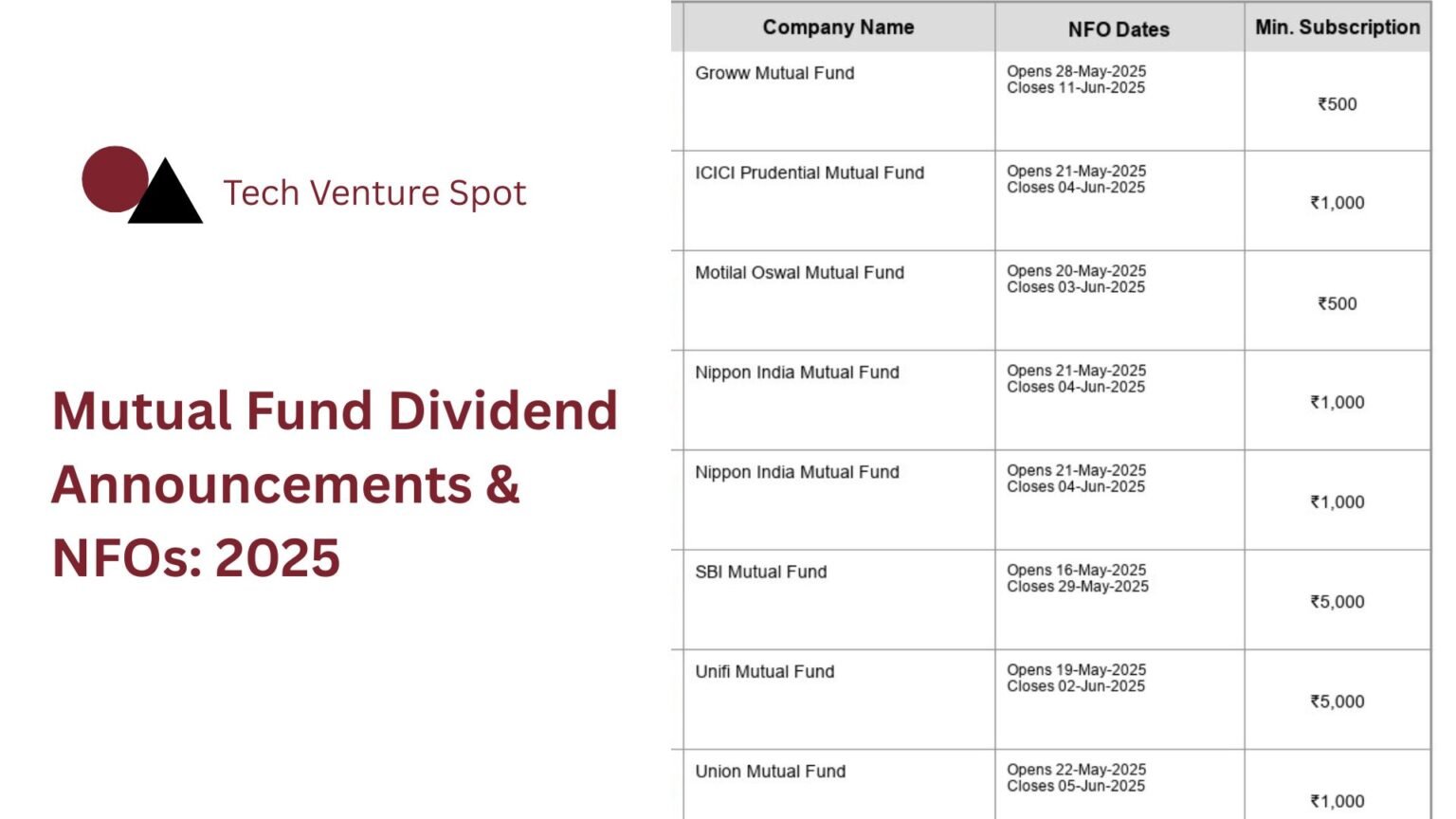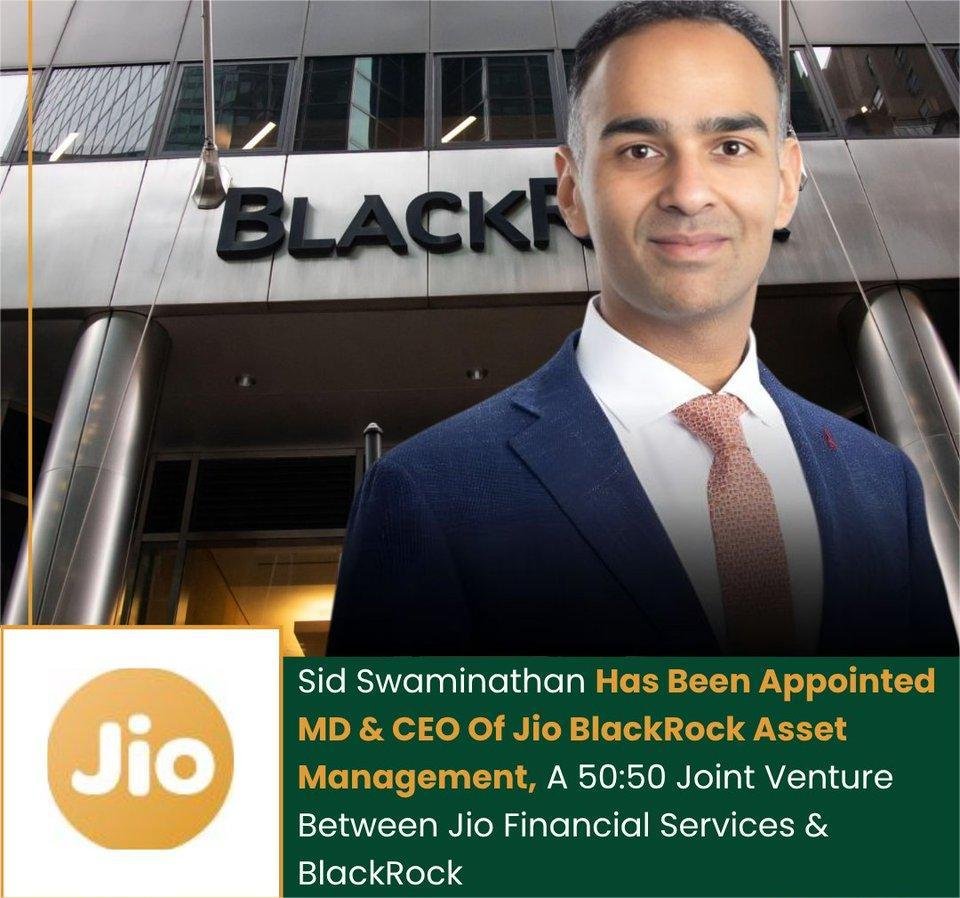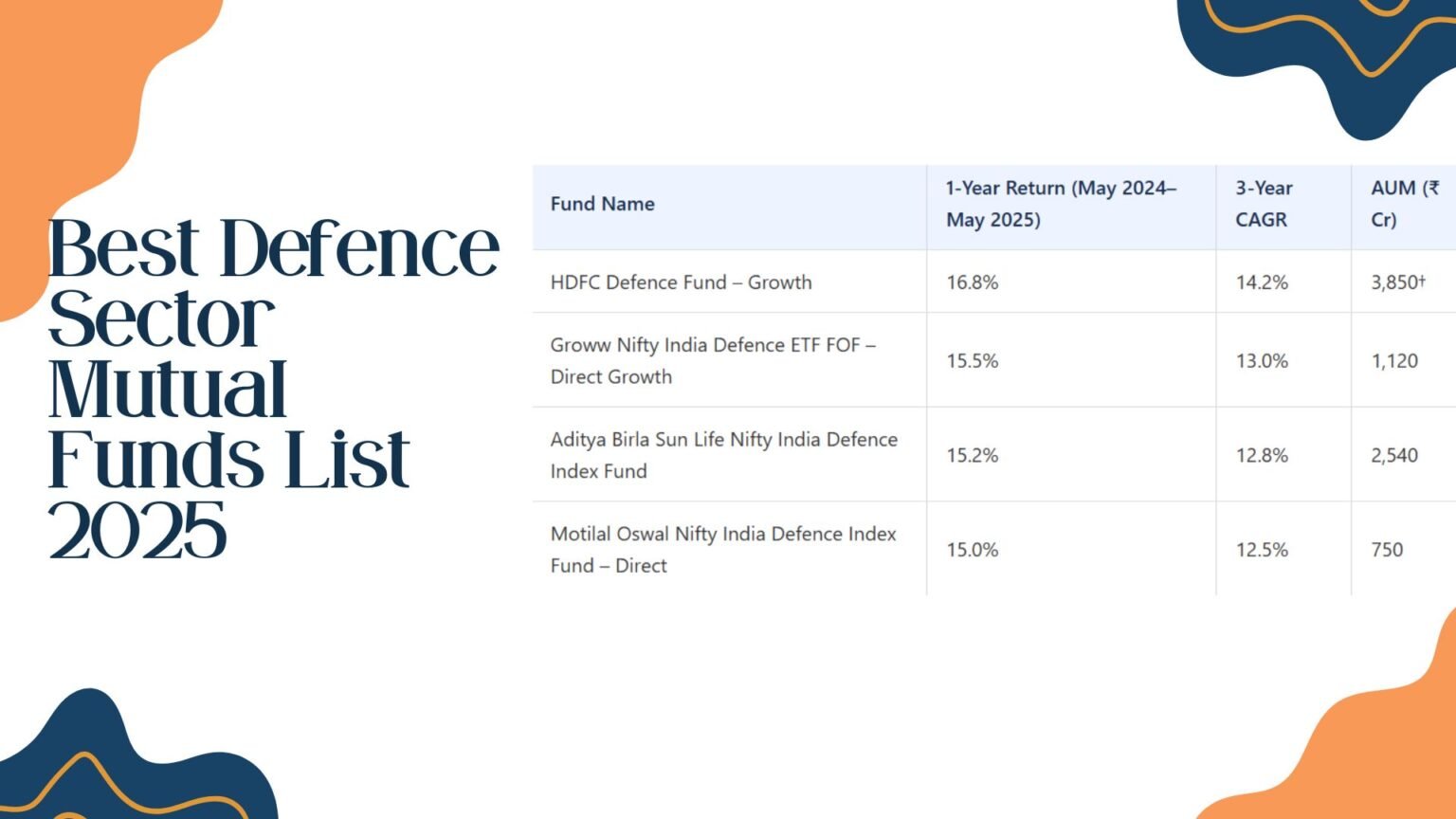Debt Mutual Funds
Debt mutual funds are the preference of those investors who want a combination of safety and periodic returns.
Debt mutual funds pool money from a set of investors to invest in fixed-income securities like corporate bonds, government securities, treasury bills, and money market instruments. Their primary goals are to produce periodic income and preserve the invested capital, and therefore, they are less risky compared to equity mutual funds.
If you are the type of individual who likes stability instead of going for high returns, debt funds might be your cup of tea.
What is a Debt Mutual Fund?
A debt mutual fund puts money into securitized products that return a fixed rate of interest, like bonds or government securities. In contrast to equity funds, which plunge into the ebbs and flows of the stock market, debt funds are interested in earning returns in the form of interest payments and capital gains from price movements in bonds.
They're popular with conservative investors or those seeking to diversify a portfolio dominated by equities. Consider them a quiet haven in the turbulent ocean of investing, providing stable returns with less risk.
What is a Return of a Debt Mutual Fund?
Debt mutual fund returns usually lie in the range of 5% to 9% per annum over the past decade, based on past performance. There are, however, funds, especially those with a longer tenor or risk profile, that do better.
For instance, as of July 2025, funds such as Axis Dynamic Bond Fund Direct Growth have delivered 1-year returns of 11.07%, and BHARAT Bond FOF - April 2031 Direct (G) has delivered 10.7% (Scripbox.com).
Returns are subject to changes in interest rates, the credit quality of the underlying securities, and the investment strategy of the fund. Remember that past performance is not a crystal ball for the future, and market conditions will induce volatility.
Types of Debt Mutual Funds
Debt mutual funds are available in a range of flavors, each appropriate for different investment time horizons and risk profiles. Here's a quick summary:
Each of these has a particular application, so choosing the right one depends on your financial goals and how much risk you can stand.
Debt Fund Returns in the Past 10 Years
Debt mutual funds have yielded 5% to 9% annually over the last 10 years, depending on market conditions and the fund type. For example, long-duration funds such as ICICI Prudential Long Term Bond Fund have delivered 10-year direct plan returns of approximately 8.32% (Moneycontrol.com).
Liquid funds, however, provide lower but risk-free returns. Returns are subject to interest rate cycles, economic conditions, and the creditworthiness of the holding in the fund. Some funds will return higher than this range, but higher returns generally come with greater risk, e.g., interest rate or credit risk.
Highest Return Debt Mutual Funds
Some debt funds have done very well in the recent past. The following funds have provided good returns up to July 2025:
Although these funds have done well, higher returns involve higher risk, so it's wise to understand your risk tolerance.
Fixed Deposits (FDs) and Debt Funds
Debt funds or FDs, it ultimately comes down to what matters most to you. Here's a comparison:
Debt Funds
- Returns: Perhaps higher than FDs, but with variations in the market.
- Liquidity: Extremely liquid, with no lock-in (although some funds have an exit load).
- Taxation: For investments after April 1, 2023, gains are short-term capital gains at the investor's slab rate. For investments prior to April 2023, held for over 3 years, gains are taxed at 20% with indexation advantage (Cleartax.in).
Fixed Deposits (FDs)
- Returns: Fixed and assured, generally lower than debt funds.
- Liquidity: Tied-in for a fixed period, with penalties for withdrawal in advance.
- Taxation: It is taxable at the slab rate of the investor.
Budget 2025 granted a ₹60,000 tax deduction under Section 87A for incomes of up to ₹12 lakh, which can save debt fund investors like Angelone from high tax liabilities. Debt funds can provide higher after-tax returns to long-term investors, particularly for investments made prior to 2023.
Best Debt Funds for Different Investment Time Horizons
Long-Term Investment (5+ years)
For 5+ year time horizon investors, gilt or long-term funds are suitable. Best bets are:
Short-term Investment (Less than 6 Months)
Ultra-short duration and liquid funds are best for the short term. Based on recent performance up to July 2025, here are some options:
List of Top 10 Debt Mutual Funds (as of July 2025)
The following are some of the best-performing debt mutual funds until July 2025, based on returns, assets under management (AUM), and expense ratios. Statistics from Scripbox.com.
| Rank | Fund Name | 1-Year Return | 3-Year Return | Expense Ratio | AUM (Crores) | Min. Investment | Risk Level |
|---|---|---|---|---|---|---|---|
| 1 | BHARAT Bond FOF - April 2031 Direct (G) | 10.7% | 9.0% | 0.1% | ₹4,819 | ₹5,000 | Moderate |
| 2 | HDFC Overnight Fund Direct (G) | 6.3% | 6.4% | 0.1% | ₹9,709 | ₹5,000 | Low |
| 3 | ICICI Prudential Liquid Fund Direct (G) | 7.2% | 7.0% | 0.2% | ₹49,517 | ₹1,000 | Low |
| 4 | HDFC Floating Rate Debt Fund Direct (G) | 9.2% | 8.4% | 0.3% | ₹15,322 | ₹5,000 | Moderate |
| 5 | Nippon India Arbitrage Fund Direct (G) | 7.4% | 7.6% | 0.4% | ₹14,948 | ₹5,000 | Low |
| 6 | Kotak Nifty SDL Apr 2027 Top 12 Equal Weight Index Fund Direct (G) | 8.9% | 7.9% | 0.2% | ₹7,671 | ₹5,000 | Moderate |
| 7 | BHARAT Bond ETF FOF - April 2032 Direct (G) | 10.6% | 9.0% | 0.1% | ₹4,538 | ₹5,000 | Moderate |
| 8 | Aditya Birla Sun Life Savings Fund Direct (G) | 8.4% | 7.6% | 0.3% | ₹19,189 | ₹5,000 | Low |
| 9 | Aditya Birla Sun Life Money Manager Fund Direct (G) | 8.2% | 7.7% | 0.2% | ₹25,693 | ₹5,000 | Low |
| 10 | Bandhan CRISIL IBX Gilt April 2028 Index Fund Direct (G) | 9.2% | 8.2% | 0.2% | ₹4,656 | ₹5,000 | Moderate |
Conclusion
Debt mutual funds are an appropriate option for those who desire stability and frequent returns with less risk than equity funds. Debt mutual funds are flexible on short and long durations and convenient to employ for various financial objectives, ranging from creating an emergency fund to retirement planning.
With recent tax changes, debt funds are as competitive as fixed deposits, particularly for investments prior to 2023 with indexation advantages. But it makes sense to compare fund performance, fees, and your risk tolerance before you invest. Always consult a financial advisor to make sure your decisions are part of your financial plan.
Source Links: The data in this document is compiled from various sources including Scripbox.com, Moneycontrol.com, Cleartax.in, and Angelone as of July 2025.
Also Read: Top 5 Gold Mutual Funds to Invest in India 2025
Also Read: Best Corporate Bond Mutual Funds 2025






